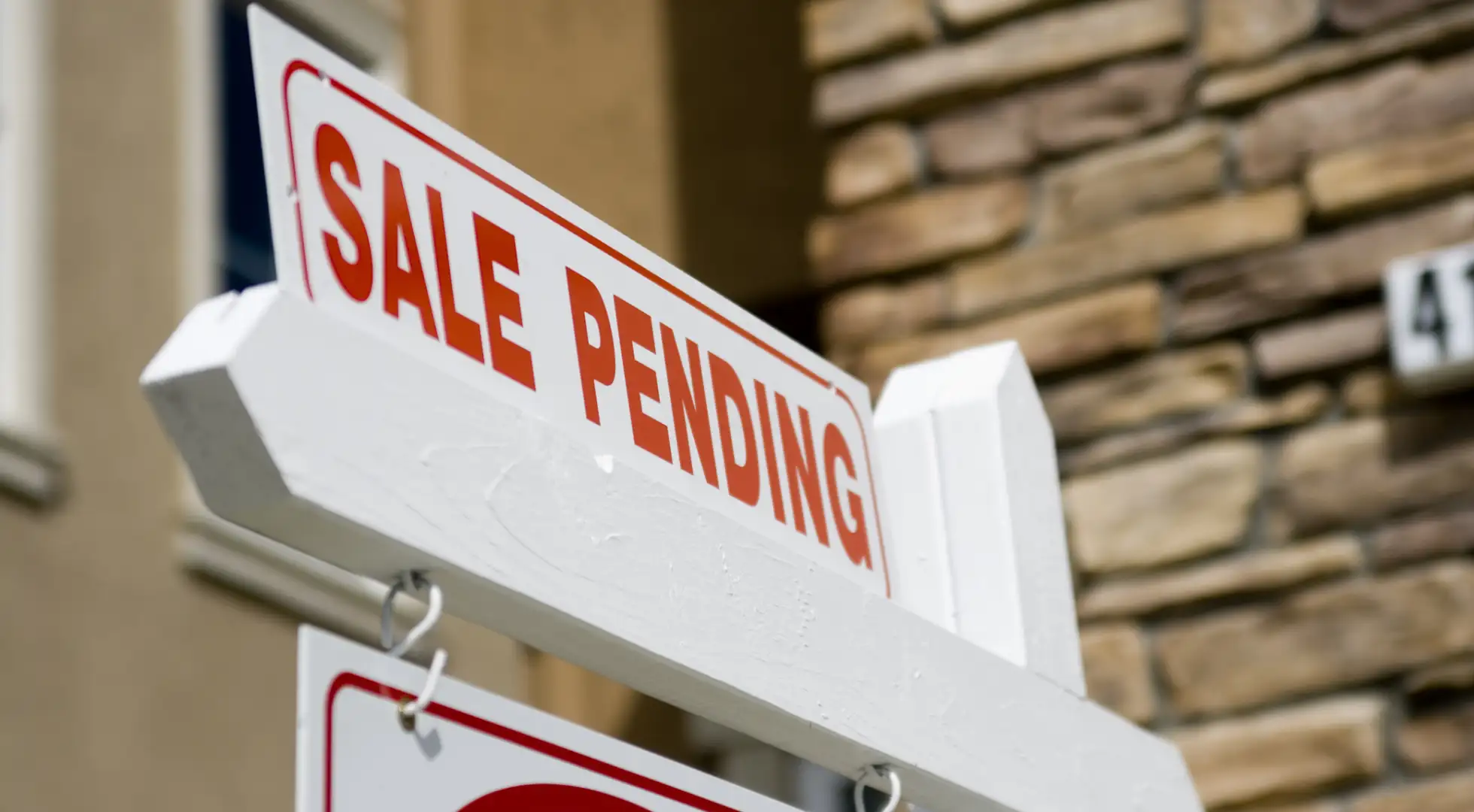Pending Home Sales Plummet as Higher Mortgage Rates Erode Demand

U.S. pending home sales fell 4.1% in February, the fourth consecutive month of declines, as rising mortgage rates coupled with increasing home prices and lower inventory levels stymied buyers.
A seasonally adjusted index measuring signed contracts was 5.4% below a year ago after the supply of homes for sale dropped to an all-time low in January, said Lawrence Yun, chief economist of the National Association of Realtors.
“Pending transactions diminished in February mainly due to the low number of homes for sale,” he said. “Buyer demand is still intense, but it’s as simple as ‘one cannot buy what is not for sale.’”
Mortgage rates at the highest levels in three years are impacting home sales, making it tough for buyers to stretch to pay record-high prices, Yun said.
“It is still an extremely competitive market, but fast-changing conditions regarding affordability are ahead,” he said. “Consequently, home sellers cannot simply bump up prices in the upcoming months, but need to assess the changing market conditions to attract buyers.”
Higher mortgage rates and home price appreciation boosted the average mortgage payment by 28% in February from a year earlier, Yun said. That’s on top of rising prices for consumer goods and food that is stretching household budgets, he said.
Inflation in the U.S. as measured by the Consumer Price Index rose 7.9% in February from a year earlier, reaching a 40-year high, according to government data released earlier this month.
“The surge in home prices combined with rising mortgage rates can easily translate to another $200 to $300 in mortgage payments per month, which is a major strain for many families already on tight budgets,” Yun said.
Mortgage rates could rise to 4.5% to 5% by the end of 2022 while there could be a 7% reduction in existing home sales in 2022 compared to 2021, he forecast.
“Home prices themselves are still on solid ground,” Yun said. “They may rise around 5% by year’s end and we should see much softer gains in the second half of the year.”
Three of the four major U.S. regions reported contract signings fell from January, with the Northeast being the only area that reported an increase. All four regions registered a decline in year-over-year contract activity, according to the NAR report.
The average U.S. rate for a 30-year fixed home loan continues to rise and was 3.76% in February compared to 3.45% in January, according to Freddie Mac.
The amount of money consumers can afford to spend on a mortgage has fallen drastically, said Odeta Kushi, deputy chief economist for First American.
“If we hold income constant at its February 2021 level, the 95 basis-point year-over-year increase in mortgage rates since February 2021 resulted in approximately a $53,000 decline in house-buying power,” she said. “Some buyers are being priced out of a housing market experiencing double-digit house price growth and rising mortgage rates.”
Ellen Chang is a Houston-based freelance journalist who writes articles for U.S. News & World Report. Chang previously covered investing, retirement and personal finance for TheStreet. She focuses her articles on stocks, personal finance, energy and cybersecurity. Her byline has appeared in national business publications, including USA Today, CBS News, Yahoo Finance MSN Money, Bankrate, Kiplinger and Fox Business. Follow her on Twitter at @ellenychang and Instagram at @ellenyinchang.




